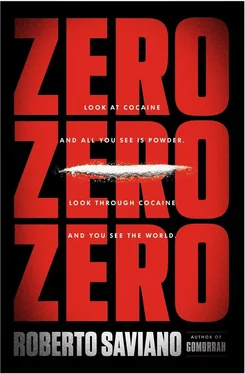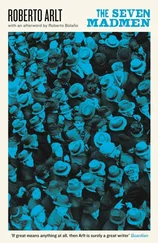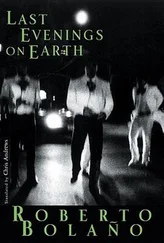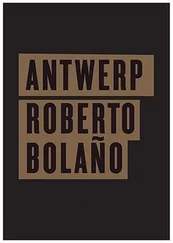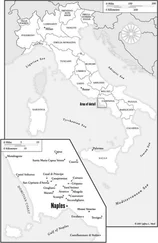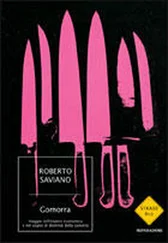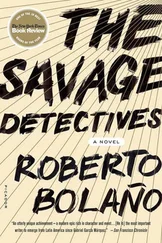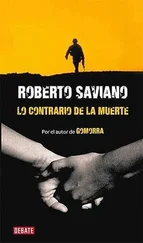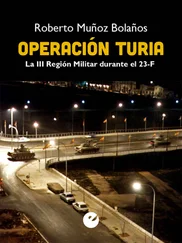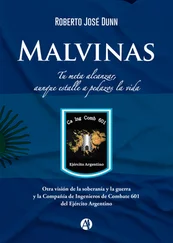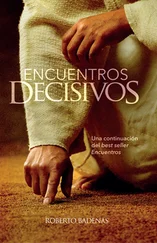El Chapo was arrested on June 9, 1993. He continued to manage his affairs from prison with scarcely a hitch. The maximum security prison Puente Grande, where he was transferred in 1995, became his new base of operations. After eight years, however, El Chapo could no longer afford to remain behind bars: The Supreme Court had approved a law making it much easier to extradite narcos to the United States. American incarceration would mean the end of everything. So El Chapo chose the evening of January 19, 2001. The guards were bribed handsomely. One of them — Francisco Camberos Rivera, known as El Chito, or the Silent One — opened the door to El Chapo’s cell and helped him climb into a cart of dirty laundry. They headed down unguarded hallways and through wide-open electronic doors to the inner parking lot, where only one guard was on duty. El Chapo jumped out of the cart and leaped into the trunk of a Chevrolet Monte Carlo. El Chito started it up and drove him to freedom.
El Chapo became everybody’s hero, a legend. He kept on running his cartel with the help of his closest collaborators: Ismael Zambada García, known as El Mayo; Ignacio Coronel Villarreal, known as Nacho, who was killed on July 29, 2010, during a raid by the Mexican military; and his adviser, Juan José Esparragoza Moreno, who was known as El Azul, or Blue, because of his dark complexion. These men were the undisputed princes of Mexican drug trafficking for about a decade after the Sinaloa cartel was founded in 1989.
For years El Chapo also allied himself with the Beltrán Leyva family — a criminal gang led by four brothers skilled at intimidation and kickbacks, and especially good at infiltrating the political and judicial systems and the Mexican police force. They even had connections in INTERPOL offices in the U.S. embassy and at the Mexico City airport. The Beltrán Leyvas were a small, family-run army, and El Chapo trusted them. They’d always stuck with him, even when his authority was threatened. In 2003, for example, two years after his escape from prison, when there was a power vacuum in the state of Tamaulipas, in particular around Nuevo Laredo, a strategically essential corridor that leads to Texas, right to the famous Interstate 35, the road on which 40 percent of drugs coming from Mexico travel. But power vacuums don’t exist for drug lords. And if they do, they’re very short-lived. The first rule is to occupy a territory, so the pretenders rush in when a boss falls. The area became a ferocious battleground. El Chapo entrusted the job of taking possession of northeastern Mexico before anyone else could to one of the four Beltrán Leyva brothers: Arturo, who founded the armed wing Los Negros and identified the right man to run it.
Edgar Valdez Villarreal is called “La Barbie”—the nickname this big kid with blond hair and blue eyes was saddled with when he joined his high school football team in Laredo, Texas. “You look like Ken,” the coach declared, “but I’m going to call you Barbie.” Barbie’s American dream wasn’t a college degree or a nicer house than the one his immigrant father had. His dream was a sea of money, which could be had across the border in Nuevo Laredo. His American passport added to his appeal. Barbie liked women, and women liked him. He loved Versace clothes and fancy cars. He couldn’t have been more different from El Chapo, but El Chapo knew how to get past a first impression. He smelled the blood that was soaking the Nuevo Laredo plaza , and the newcomer’s longing for affirmation. Los Negros was going to have to fight Los Zetas, the bloodthirsty armed wing of the Gulf cartel with a bent for macabre spectacle that was surging into the power vacuum in northeastern Mexico as well. Barbie accepted enthusiastically and decided to use the same weapons as his adversaries: a film clip on YouTube of men kneeling, some bare chested, all of them clearly beaten. Zetas condemned to death. If Los Zetas were going to use the Internet to broadcast its ferocity, Los Negros would too. The horror escalated, feeding on itself, an endless loop from the streets to the web and back.
• • •
Fear and respect go hand in hand, they’re two sides of the same coin: power. The coin of power has a shiny, bright side and a worn, opaque one. Bloodthirstiness strikes fear in one’s rivals, but not respect, that luminescent patina that allows you to open every door without having to break it down. It’s all a question of attitude: To be number one you have to know how to act like you’re number one. El Chapo was never satisfied, never rested on his laurels. After throwing himself into the capture of Nuevo Laredo he decided he wanted the plaza of Ciudad Juárez too, that other outpost on the U.S. border, traditionally controlled by the Carrillo Fuentes family.
Los Negros made the first move. On September 11, 2004, Rodolfo Carrillo Fuentes — he and his brother Vicente ruled the Juárez cartel — was killed in the parking lot outside a multiplex cinema in Culiacán, in the heart of Sinaloa territory. He was with his wife. Their bodyguard was helpless against El Chapo’s hit men, who fired from all directions, riddling the couple’s bodies with bullets. The message was clear: Sinaloa once respected the boss of the Juárez cartel, Amado Carrillo Fuentes — the eldest of the Carrillo Fuentes brothers — but it no longer respected his family. The road to open war was short, and the Juárez cartel’s revenge didn’t take long. Vicente ordered one of El Chapo’s brothers killed: Arturo, El Pollo, or Chicken, was murdered in the maximum security prison of Almoloya de Juárez on December 31. It was a tough blow for El Chapo, but it didn’t make him back down. For years the border city of Juárez was transformed into a war zone — no holds barred — between El Chapo and the Carrillo Fuentes men. But in the end El Chapo got the upper hand, undermining the foundations of his enemies in Juárez.
Years earlier Amado Carrillo Fuentes had transformed the Juárez cartel from a group of bandits into a clan of well-groomed businessmen who favored Brioni and Versace suits. Appearance above all, even when you’re wearing handcuffs: Let the media crowding outside your villa immortalize you in a white Abercrombie tracksuit with “NY” on your chest, as Amado’s son Vicente Carrillo Leyva did in 2009. Amado had grown up in close contact with the cartels. His uncle was Ernesto “Don Neto” Fonseca Carrillo, boss of the Guadalajara organization and El Padrino’s partner. Violence was Amado’s daily bread, but money can sometimes prove more effective than violence, and the respect that Amado had managed to earn for himself over time was in part the fruit of the big tips he lavished on his men, the sports cars he gave to powerful people, his generous donations to build churches, like the one it is said he had built in his native village of Guamuchilito.
Amado had inherited the cartel that Rafael Aguilar Guajardo had founded in the 1970s. A rival of the Tijuana and Gulf cartels from the outset, this cartel had taken advantage of its strategic position across the U.S. border from El Paso, Texas, to build a powerful base, which needed to be defended. Amado was just the man. Prudent, patient, clever, he moved his pawns without getting his own hands dirty. He made shrewd investments, including an entire fleet of Boeing 727s, which he used to transport cocaine from Colombia to Mexico. But Boeings weren’t suitable to cover the last leg — from Mexico to the United States. He needed smaller, more agile means, such as Cessnas; the air taxi company Taxceno (Taxi Aéreo del Centro Norte) used them and Amado became a major shareholder of it. People started calling him El Señor de los Cielos, the Lord of the Skies.
The coke war was fought with money. The most sizable expenditure—$5 million a month — was for kickbacks to officials, police, and the military all over Mexico, for stipends and gifts. Another sizable budget item was for entertainment, such as the so-called Palace of the Thousand and One Nights, which Amado bought in Hermosillo, in the state of Sonora. Situated provocatively a few hundred yards from the governor’s residence, the Palace of the Thousand and One Nights is a garish place whose onion domes recall Russian Orthodox churches and the Kremlin, and whose white walls, now hidden under thick graffiti, recall the palaces of the maharaja.
Читать дальше
